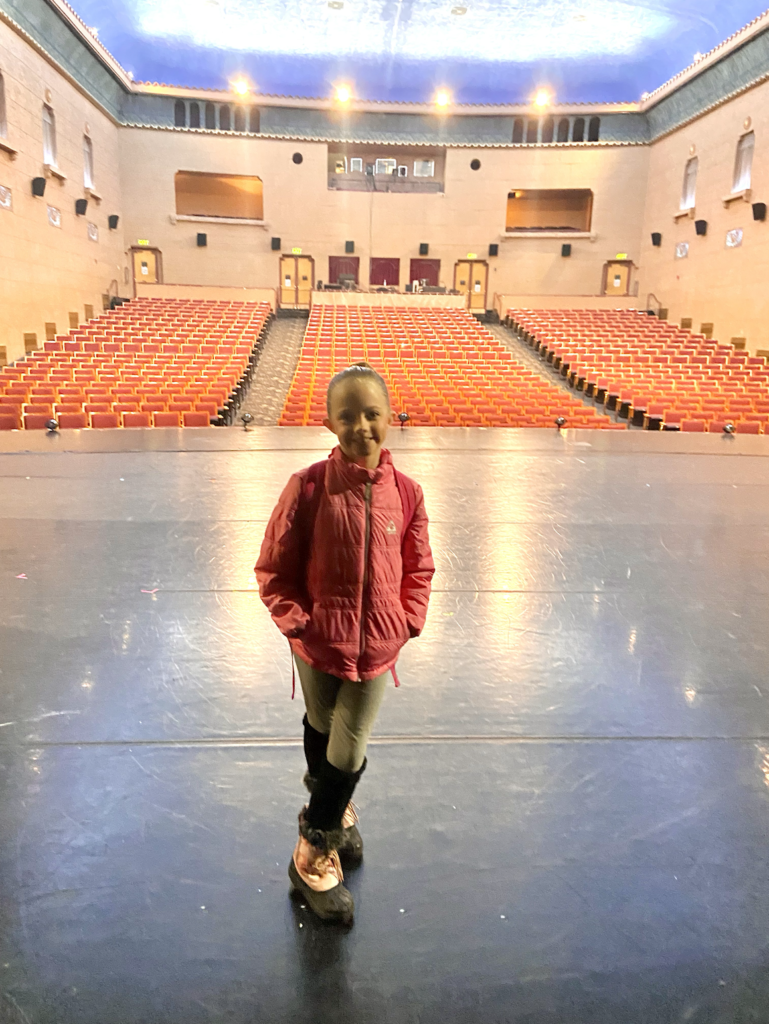
Do your students know HOW to practice?
| Image Link |
As teachers, we should not only expect our students to practice, but it is our job to teach them how to practice effectively. Practicing really is an art, and must be taught. It shouldn’t just be left up to chance that our students will figure out how to practice well.
In some ways I feel that I really didn’t learn how to really practice well until my last couple of years of college. I finally learned to really listen, to be harder on myself in not making little mistakes and demanding perfection, and to be more efficient in my practicing.
Young piano students especially need to constantly be taught the basics of practicing efficiently and effectively. Here are a few ideas:
- Write out specific practice steps in their notebook. This is particularly important for very young students. Make sure the parents know the practice steps and help the student execute them! These steps could include things such as:
- Practicing hands alone
- Clapping and counting the rhythm
- Saying letter names out loud
- Section off the piece and have them learn it one line or section at a time. A challenging piece always feels much more do-able when learned one line at a time (and can be learned a lot more efficiently)
- Teach your students to learn not only the notes at first, but to learn the dynamics and articulations right from the beginning. When a student puts the dynamics in right from the beginning, they will become habit much quicker!
- Have your student practice slowly, with the metronome. As they become more confident in the piece, gradually increase the tempo.
- Make sure they are watching the music, not their hands. A few weeks ago I had a student struggling with a piece – he had been working on it for a few weeks and was just not quite getting it. As I watched him play the piece during his lesson, I noticed he was hardly ever looking at the music, but at his hands. I suggested to him that he try to look just at the music. He tried it again, and voila! It was seriously like magic – the piece was perfect. His mom was amazed and he was so pleased with himself. It’s amazing the results you can get with changing such a simple habit!
- Now this is an important one: teach your students to not stop when they make a mistake. The tendency of most people is to STOP when they make a mistake, and fix it. What happens, though, is that the student unknowingly creates a habit of stopping in that particular place each time the piece is played. I have noticed in my students that they often stop before they even make a mistake, because they are anticipating the mistake they usually make! Also, if your students are instilled with the habit of not stopping, they will perform much better under pressure at recitals and other performances.
- Now, having said all that about not stopping, it is also important that your students be aware of problem spots as they play. After they finish the piece or section they are playing, they can then go back and find the problem spot, figure out what went wrong and why, and fix it.
- Students must learn to LISTEN as they practice: listen for problem spots, listen for correct dynamics and musicality, listen for tempo, for note evenness, for articulations, etc. Sometimes it is very eye-opening (or, ear-opening?) to record the student’s performance (either video or audio) and play it back for them to really listen.
- Have the student try to play each line or section three times in a row perfect. Make it into a game, use three candies or treats as a reward. Most often this results in the student doing a lot of repetitions – which is awesome! I think that sometimes young students don’t realize the importance of playing short sections over and over again.
- Sometimes my students will come to lessons unprepared; as much as I hate it when they are not prepared, I usually see it as an opportunity to practice with the student and show them how to practice more effectively. We work on a section of a piece, and usually get a lot accomplished in a short amount of time.
In what ways do to teach your students how to practice effectively?


 Previous Post
Previous Post


















I think this is a tough one. It seems that even though I drill all of the above in lessons sometimes it is still a struggle. I think that part of it is that I have a few students in the 6-7 range and I think that having the parent with them to practice is almost essential. It makes a huge difference! I don't require it right now, but I might in the future. We recently read an article about giving incentives to children to get good grades. This was a very large study, and a great article. The children that were given incentives all along the way, step by step did much better and improved their grades overall. Those who were given an even higher incentive but did not have it "written out" for them did not improve their grades. It's like offering us a million dollars if we can complete a quantum physics equation – that's what it feels like for a kid unless you teach them every step of the way. Was that a long enough comment!?
Megan – thanks for the comment…that is so interesting! And yes I definitely agree that when parents practice with the student it makes a WORLD of difference! And very interesting about the students who had small incentives along the way doing better than others. I think we need to teach our students how to practice over and over and over until (someday) it becomes habit!
1. Great post – I'll definitely be coming back to this list as my students get older and more advanced.
2. WHERE can I get that painting? For some reason I couldn't get the source link to work, and I really love it.
Thanks for the comment Kara! Isn't that painting neat?? I love it. Not sure why the link didn't work anymore, but I did some searching and found the painting….
http://trentgudmundsen.com/previousworks.html